In the interest of creating a device flexible enough to transform from game controller to tablet to smartphone, a team of researchers at Hasselt University (Belgium) have created “Paddle,” a device based on engineering principles behind Rubik’s Magic.
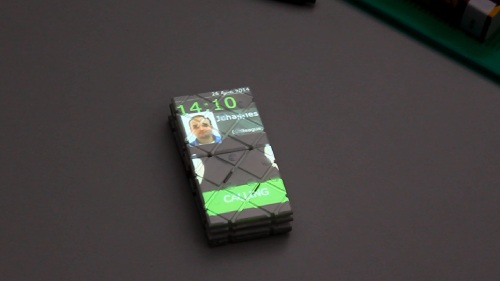
For those unfamiliar with Rubik’s Magic, it’s a mechanical puzzle invented by Hungarian sculptor and professor of architecture, Ernő Rubik.
The puzzle is made up of eight square tiles arranged in a 2 × 4 rectangle; diagonal grooves on the tiles hold wires that connect them. This allows each square to be folded onto the next one — and unfolded again — in two perpendicular directions.
A simple toy to compare the mechanics behind Rubik’s Magic would be Jacob's Ladder.
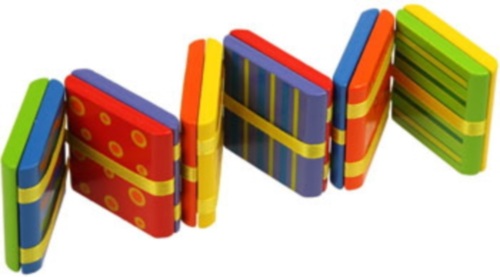
So, that being said, if a “Paddle” user wanted to go from smartphone to tablet, he or she would need to make just a few simple folds to get the device in its current state into the appropriate model the user wants it to be in.
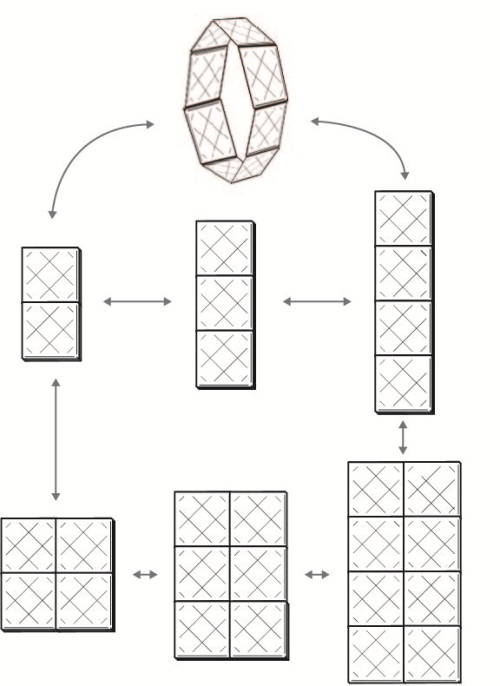
The topology of the current Paddle prototype uses an optical tracking system with a projector for visual output. This, obviously, impedes the device’s mobility, but the group figures advancements in flexible electronics research over the next five to 10 years will allow them to jump from this system to something a bit more appropriate; that is, a Paddle that is entirely self-contained and instead uses integrated displays.
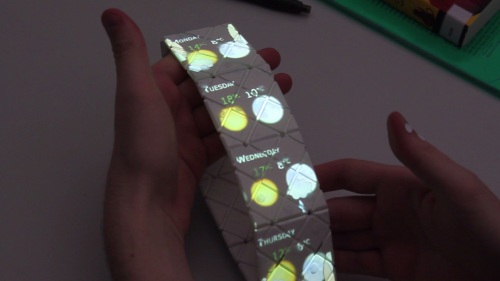

The group notes that the addition of these displays will likely be seamless, as the wires necessary for connecting these displays can replace the fish wires that are currently being used for the hinges of the paddle.
Obviously, the novelty of Paddle is all the many forms it can take on. It can clam up to serve as a flip phone. It can also be folded up into a ring, and made into a book-like form so that the user can download a piece of literature and leaf through the pages as they would with a normal book.
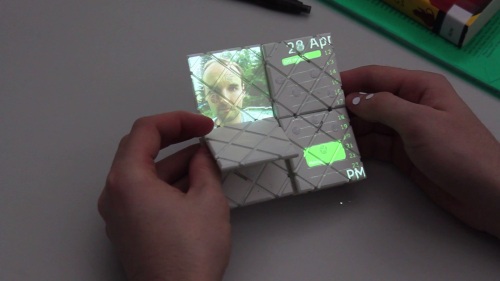
There is one thing to note regarding the latter shape: Following a series of experiments with Paddle in the Hasselt lab, one thing that was noted time and again was that people using the device in “book” form were much better at recalling the structure as well as content of the piece they read after they leafed through the Paddle, especially when compared to articles read on a more traditional touch device.
The group believes this is because the act of physically leafing through a Paddle facilitated the process of picturing content on different pages of a book which, in turn, resulted in better recall of both the structure of and content within the book.
A formal presentation of the team's findings will be given at the international conference on Human Factors in Computing Systems this April.
Further down the road, the group intends to further explore how the system can assist in training users’ muscle memory to do these complicated transformations unconsciously in a fraction of a second.
Story via: phys.org and raframakers.net
Advertisement
Learn more about Electronic Products Magazine





